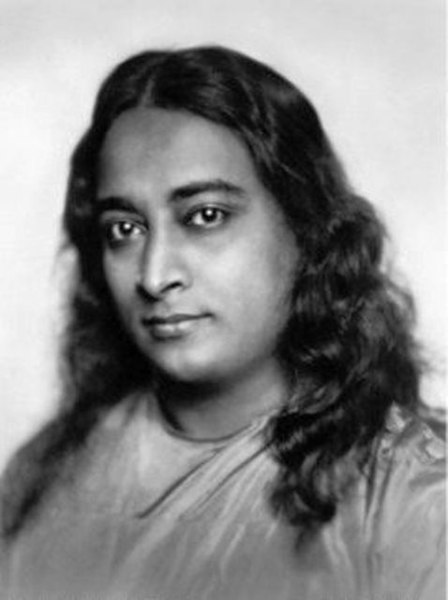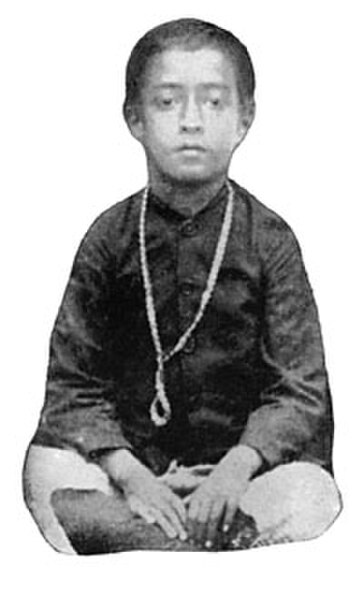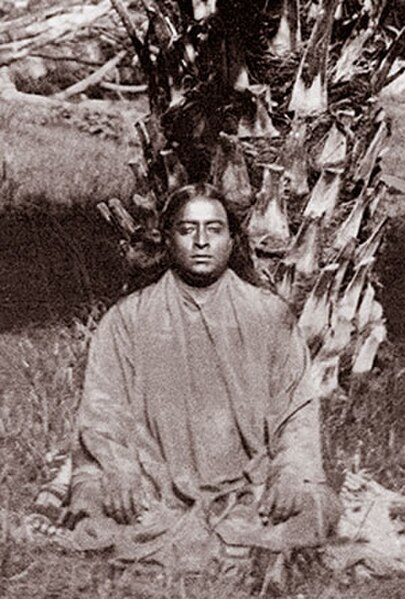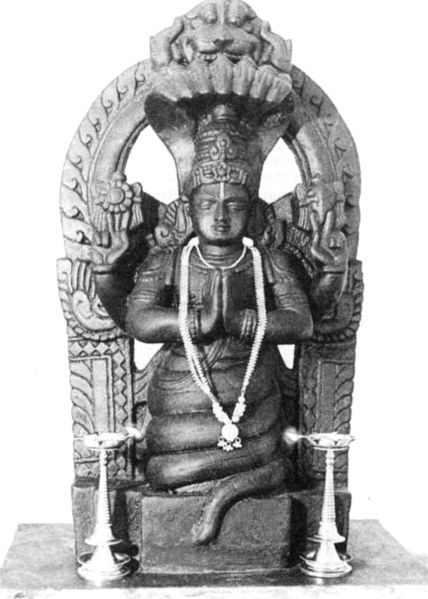Paramahansa Yogananda was an Indian-American Hindu monk, yogi and guru who introduced millions to meditation and Kriya Yoga through his organization, Self-Realization Fellowship (SRF) / Yogoda Satsanga Society (YSS) of India – the only one he created to disseminate his teachings. A chief disciple of the yoga guru Swami Sri Yukteswar Giri, he was sent by his lineage to spread the teachings of yoga to the West. He immigrated to the US at the age of 27 to prove the unity between Eastern and Western religions and to preach a balance between Western material growth and Indian spirituality. His long-standing influence in the American yoga movement, and especially the yoga culture of Los Angeles, led him to be considered by yoga experts as the "Father of Yoga in the West". He lived his last 32 years in the US.
Paramahansa Yogananda
Yogananda at age six
Meditating in 1910
Manuel Rosenberg sketch of Swami Yogananda for the Cincinnati Post 1923
Kriya Yoga is a yoga system which consists of a number of levels of pranayama, mantra, and mudra, intended to rapidly accelerate spiritual development and engender a profound state of tranquility and God-communion. It is described by its practitioners as an ancient yoga system revived in modern times by Lahiri Mahasaya, who claimed to be initiated by a guru, Mahavatar Babaji, circa 1861 in the Himalayas. Kriya Yoga was brought to international awareness by Paramahansa Yogananda's book Autobiography of a Yogi and through Yogananda's introductions of the practice to the West from 1920.
Lahiri Mahasaya (1828–1895).
The chakras
Patañjali statue (traditional form indicating Kundalini or incarnation of Shesha)







